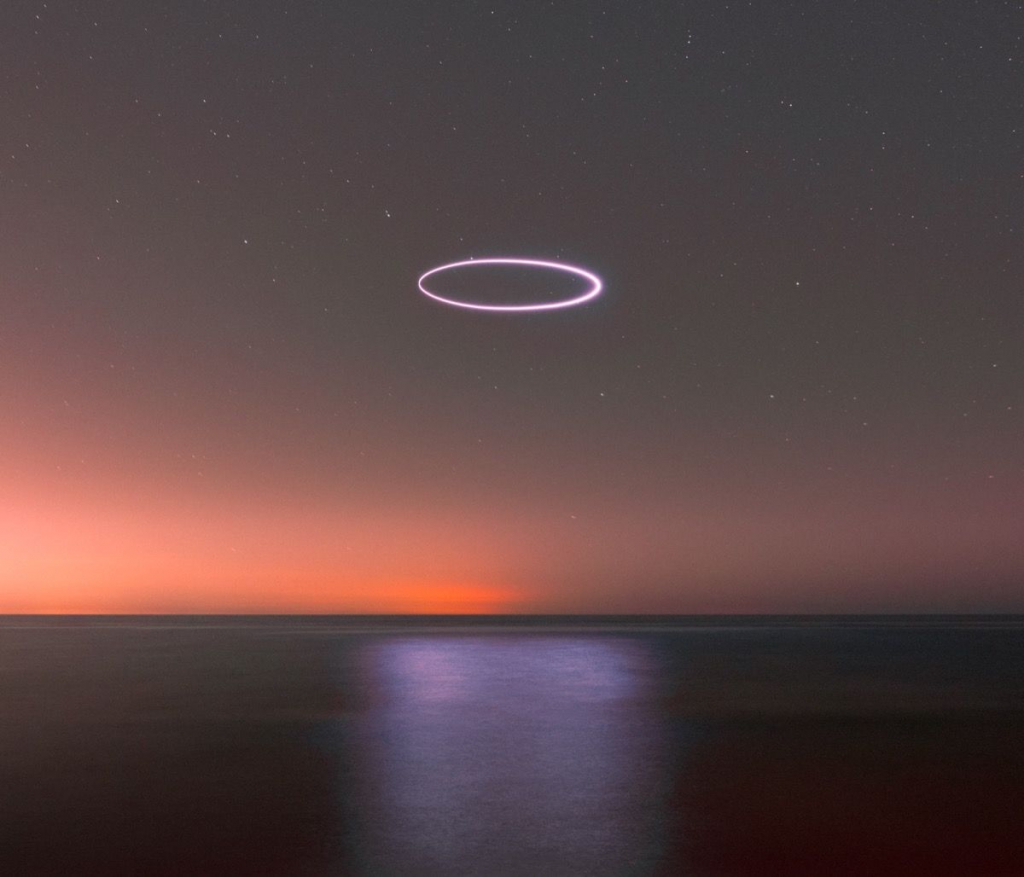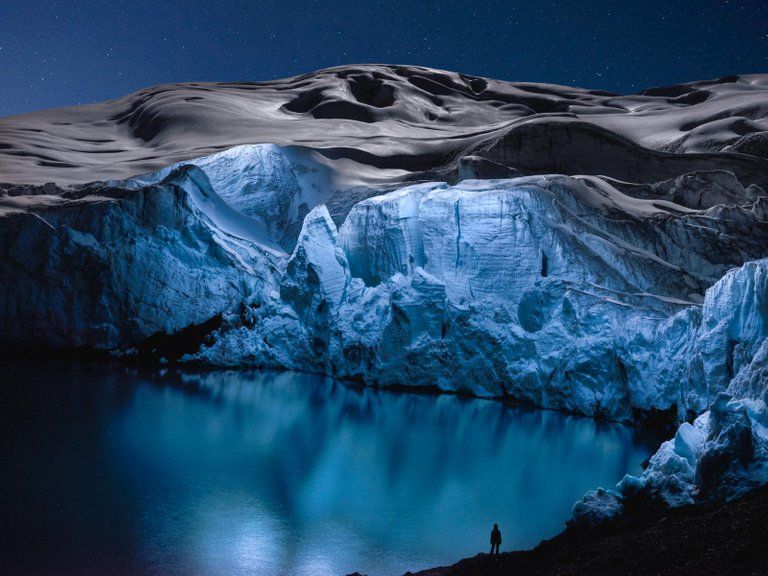Reuben Wu: Visual Artist, Music Producer, & co-founder of Ladytron. In my visual work, I am driven not just by the urge to create imagery, but by a desire to explore new places as if they were unknown territory, constantly open to serendipity and with an eye for the unnoticed and the hidden. Clients include Apple, Samsung, Audi, GE, OnePlus and Acura. My work belongs to the permanent collections of the Guggenheim Museum, The Metropolitan Museum of Art and the MoMA.
text by NICOLE WHITE
Writer Italo Calvino expounded on the varied-but-overlapping translations of the fantastic as it is understood in the literature of three specific languages: French, Italian, and English, respectively. While the fantastique requires the reader to believe in the event unfolding before them for the “purest” experience, the other two iterations – the fantastico and the fantastic – requests that the reader possess a level of detachment as a means to observe, digest, and understand the unexplainable. Taking Calvino’s dissection and applying it to image-making, we 1 can locate a bizarre (and potentially fantastic) correlation. Images, the purveyors of truth in a meditated form, require its viewers to invest in belief while inherently knowing that the image is just that, a likeness. We, as viewers, are placed in a position of constant oscillation, moving back and forth, reading the image as reality and the image as creation.
Reuben Wu’s images expand upon our awareness of the fantastic through his use of multiple and long exposures, “moving pictures,” and the environments in which he places his camera. In Old Moons Meet New Earth II, a cracked and barren landscape is below a line of pulsating moons that recede behind distant mountains. The endless planetary fluctuation confuses day with night and, while gazing at it, our sense of time begins to dissolve.
Edition 1 of 1
“Distant suns…Other skylines”2
Somewhere between 1970s concept album art, expeditionary photographs, and Surrealist painting is where Reuben Wu’s images steadfastly sit. His are pictures made in the real world; through collapsing time and merging processes, the real is transformed into the surreal, evoking a response simultaneously familiar and foreign. The photographs amplify the strangeness of place and speak to Wu’s individual experience within it.

A pink tinted halo hovers above the ocean as night overtakes the frame. The nimbus is the result of Wu using drone technology to paint with light. The bright glow from the drone bounces off the ocean, adding another more supernatural hue to the late dusk scene. Wu’s atmospheric disturbance is of his own making; a geometric delineation that while completely out of place, feels wholly possible. The remnants of these processes –long exposures and drone illumination —leave a distinct imprint embedded in the final image.
Wu’s physical journey is a similar one; he treks with cameras in tow to places that, for most of us, are left to those who fall into the category of “explorer”. Wu’s willingness for pictorial experimentation is even more astounding given the lengths he travels to make his images. The resultant images delineate from the expected photographic trajectory and provide a mode of looking that is equally experiential and aesthetically unique.
La Planète sauvage3
Wu’s photographs reify our need for the sublime landscape. Through his exploits across the globe, Wu brings back a form of tangible evidence that these sites may, in truth, exist. But this new wilderness possesses a much older connotation than the one we visualize when contemplating what is “wild”:
As late as the eighteenth century, the most common usage of the word “wilderness”… referred to landscapes that generally carried adjectives far different from the ones they attract today. To be a wilderness then was to be “deserted,” “savage,” “desolate,” “barren”—in short, a “waste,” the word’s nearest synonym. Its connotations were anything but positive, and the emotion one was most likely to feel in its presence was “bewilderment” or terror.4
This is decidedly not the wilderness of our desires. Is it perhaps a depiction of what the world did (or could) look like if histories played out in a certain way? How does one look at such an unfamiliar terrain and attempt to comprehend our relationship to it? Making sense of Wu’s images is perhaps what takes the bulk of our efforts. We should know them, but, for some reason, we can’t place them. With all of their infinite space, we can’t locate where they fit into the world. They are endless and placeless and in that, they are both terrifying and fantastical.
An Uncommon Place5
The ice blue glacial scene below compresses time in an entirely different manner. References to 19th century landscape photography are ever-present, especially with the nod to scale thanks to the diminutive figure in the foreground. This particular view of the glacial terminus brings us back to the present moment, reminding us of our current planetary state. Environments such as this one also allow the viewer to ponder geologic time; time that moves at a much slower rate than our own. Geologic time is clearly pronounced in much of Wu’s work. It reveals itself through time worn rocks, stratifications in mountainsides, and even in his images that reference potential futures. In this photograph, the water’s edge is in sharp contrast to the smooth, undulating glacial surface in the distance. Its presence in the landscape speaks to the potential for our world to shift, much like the visual shift in Wu’s photographs, to something else, something unknown. It acts as a monument to geologic events that have yet to occur.

As we examine Wu’s photographs, we come to realize that there is solace in these uncommon places he ventures out to capture. In their vastness, they allow us to discern new associations to our landscape. Our spectrum is broadened very literally through Wu’s viewfinder. We spend time with these images because we cannot look away; they require secondary and tertiary inspections. The sparse environments unfold to provide a complex counterpoint to how landscape is defined and scrutinized in our everyday existence.
-Nicole White, 2013/2021
1 Calvino, Italo, The Uses of Literature, (New York: Harcourt Brace Jovanovich, 1982) pp. 71-72.
2 Excerpt from the song “The Remembering (High the Memory)” from the 1973 Yes album, Tales from Topographic Oceans.
3 Title borrowed from animated film of the same name by René Laloux.
4 Cronon, William. “The Trouble with Wilderness: Or, Getting Back to the Wrong Nature.” Environmental History 1, 4 (Jan. 1996): 4.
5 A nod to Stephen Shore’s monograph Uncommon Places.
SuperRare is a marketplace to collect and trade unique, single-edition digital artworks.

